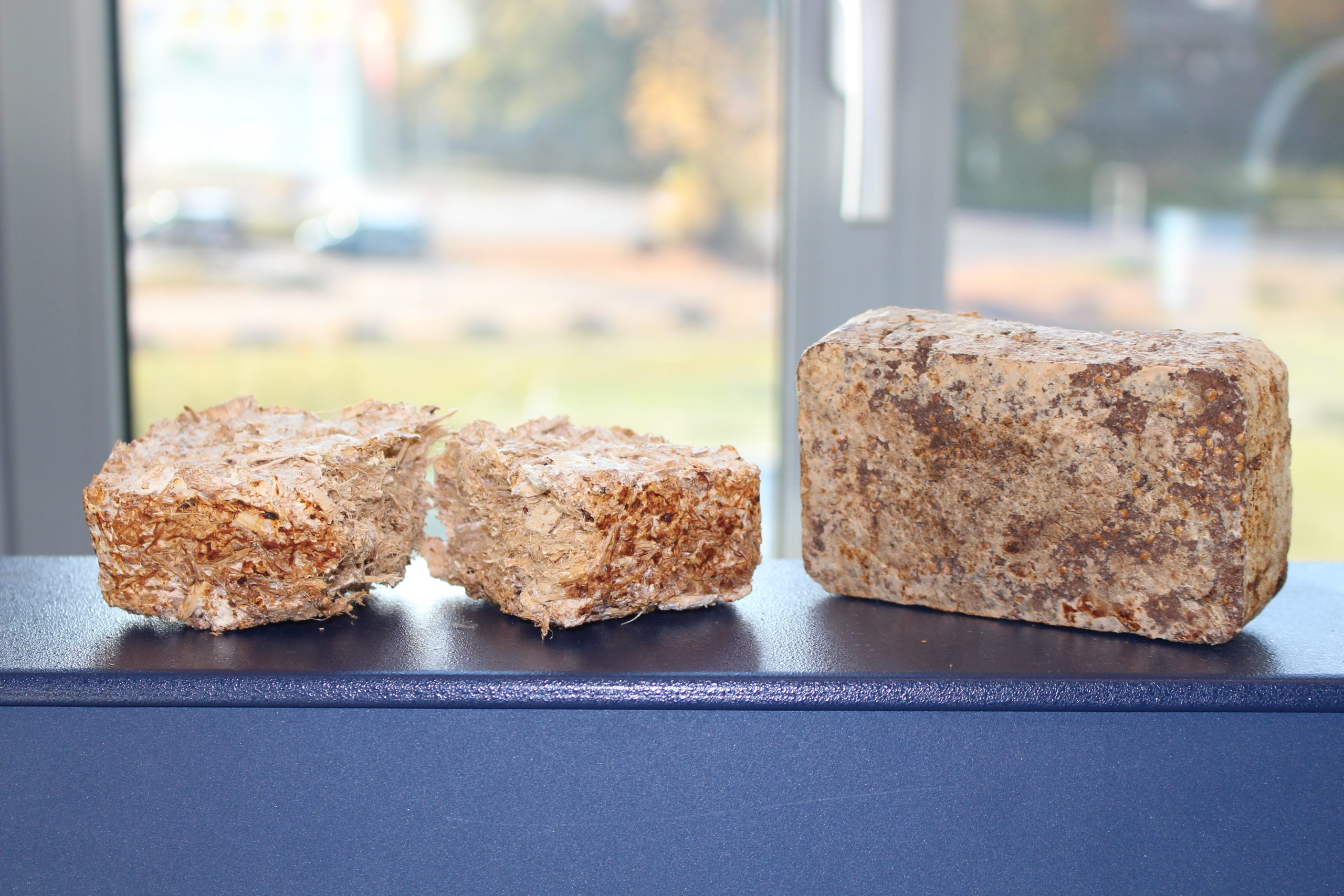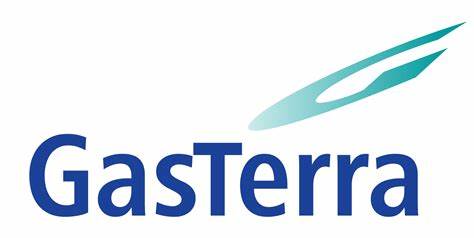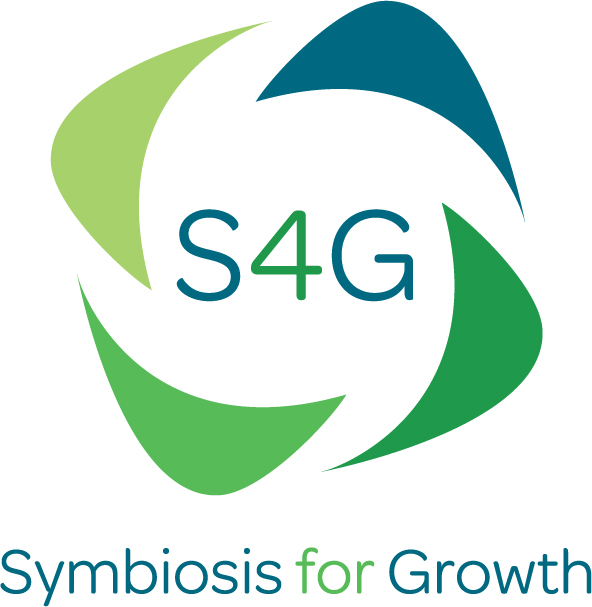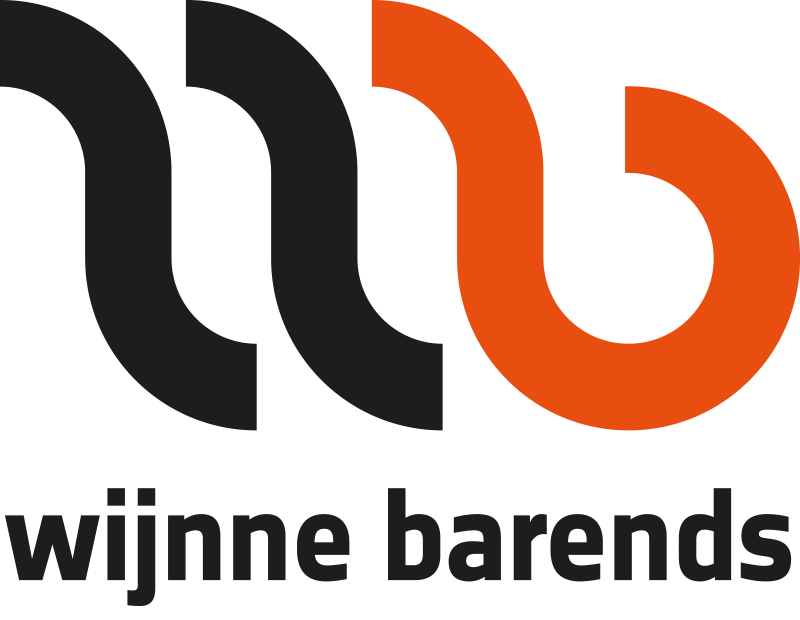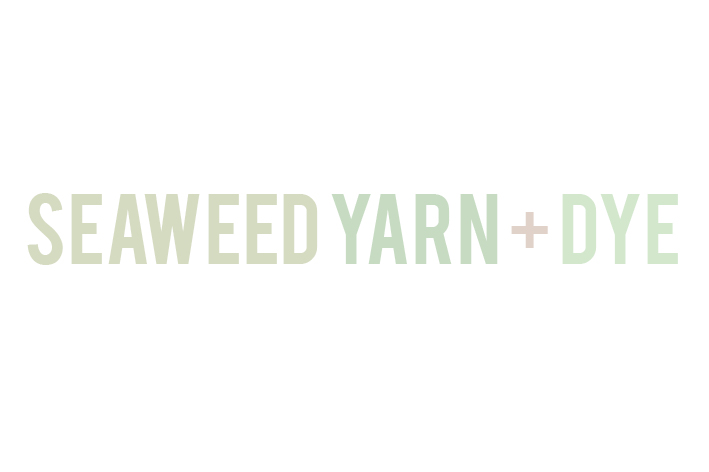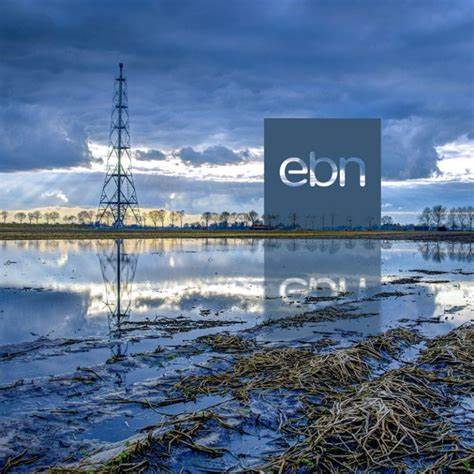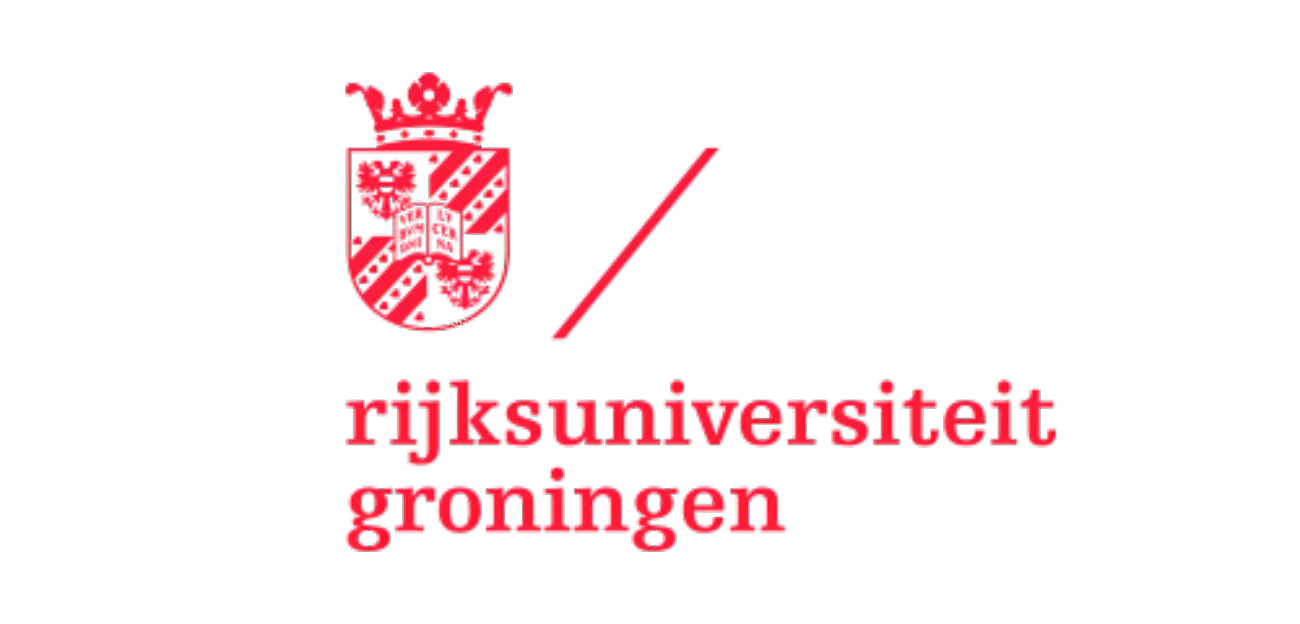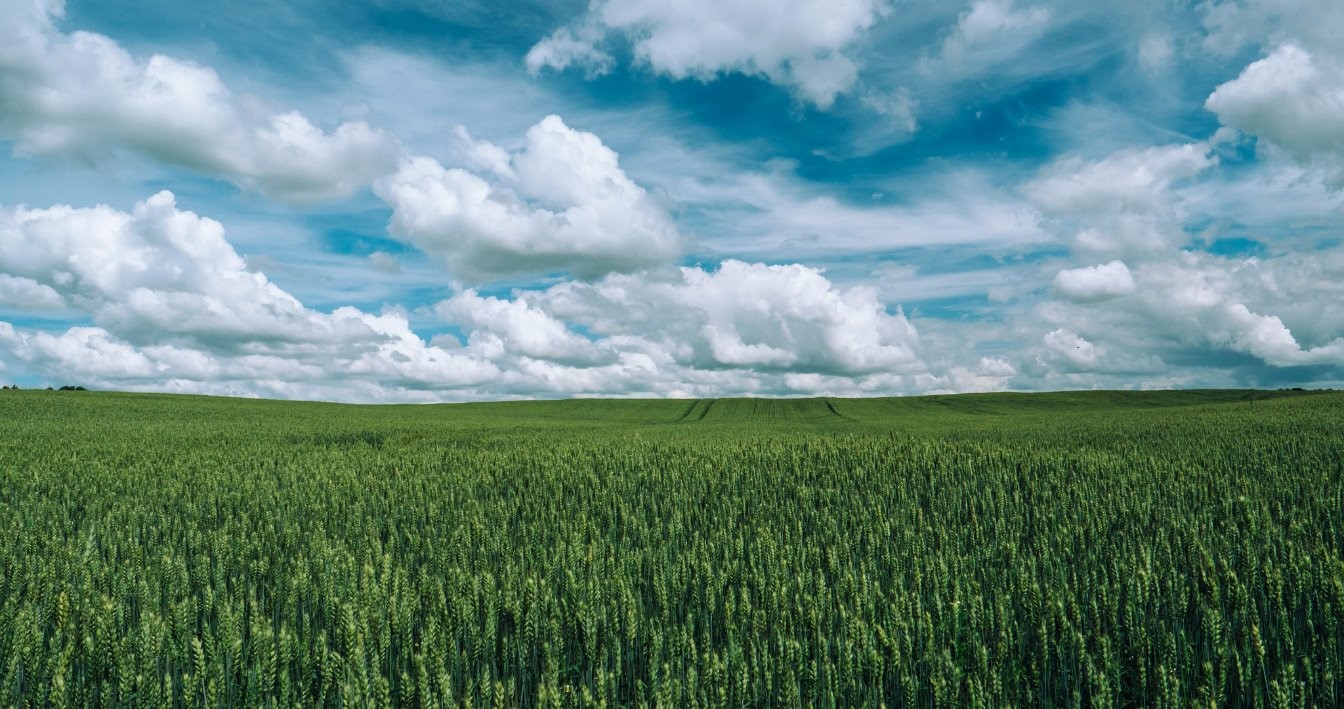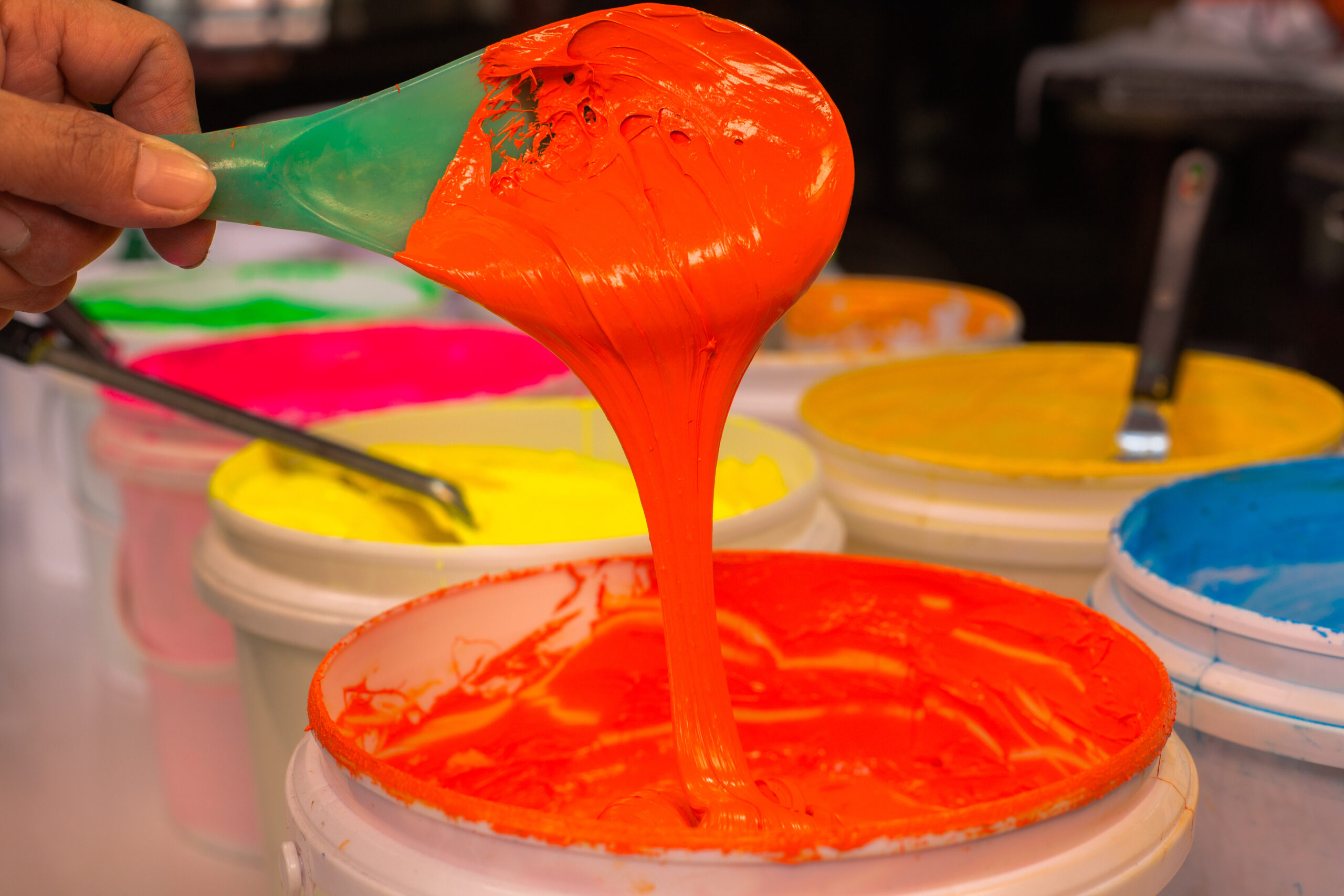Mycelium is the “root network” of mushrooms, which acts as a natural glue to bind biomass. Various organic residual flows such as straw, sawdust or other agricultural waste can be used as a nutrient medium.
Visual appearance mycelium
To reduce the impact of the construction industry on the environment, biobased materials need to be further developed to enable better integration and market acceptance. Mycelium composites are innovative products, with intrinsic properties that attract the attention of architects, designers and industrial companies. Until now, research has mainly focused on the mechanical properties of mycelium products in order to achieve wider application in the construction industry. But in order to introduce mycelium composites into a wider market, the visual appearance to the public must also be taken into account.
“Users of biobased products can change their attitude towards their environment by adapting to the visual appearance within their environment or products with which they surround themselves” (Hekkert, 1997).”
This can be further attributed to colors that can be perceived as warm or cold, aggressive or inviting. Which leads to experiences that are perceived as pleasant or, conversely, displeasure. This influences what indicates the future success of the biobased product.
Mycelium composites can be used as building material, but also as furnishing material, so visible to the user.
Natural colors
The feasibility of different methods for coloring mycelial composites is studied in this project. The following studies take place within this project:
- Pre-coloring fibers, and their use as a substrate, for mycelial growth.
- The surface treatment of the end product, with pigmented biobased coating.
- An investigation into fungal pigments and their application to mycelial composites.
20200201 until 20210131




